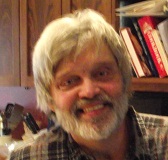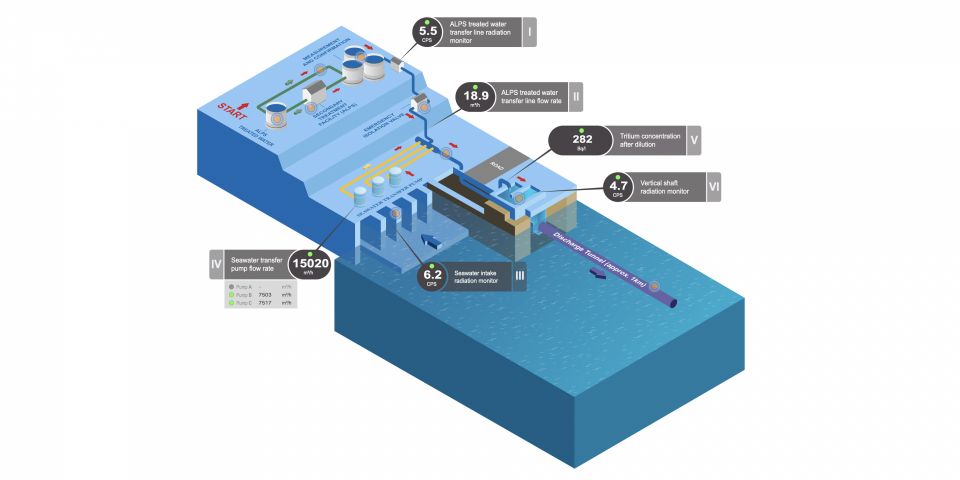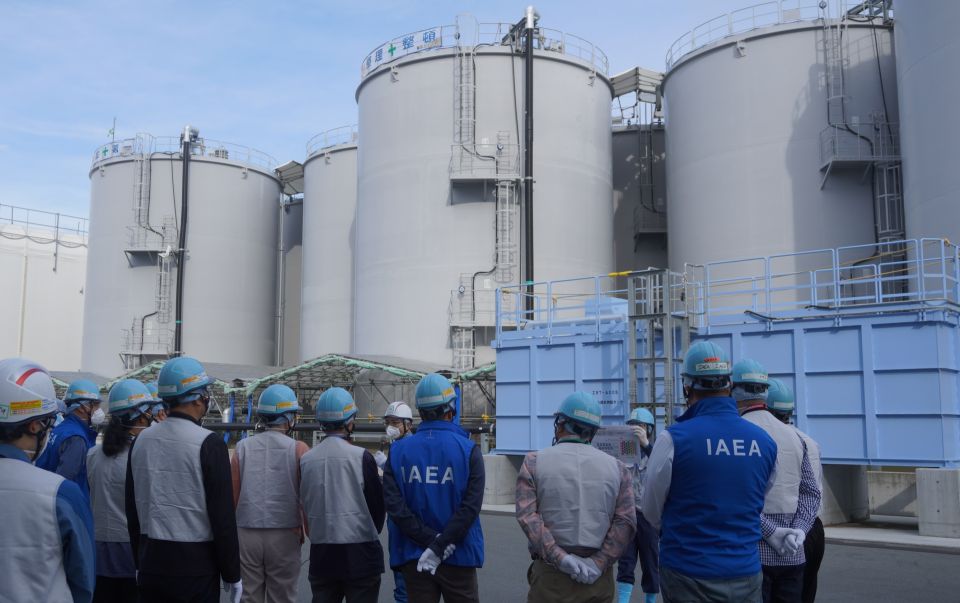A Fukushima investigative scorecard
Since the Fukushima accident last March, several Japanese investigative groups have been created to try to establish what actually happened. As the number of groups has grown, some confusion has understandably emerged. Here's a "scorecard" of the five primary Japanese investigative commissions, with a brief description of each.
- Fukushima Nuclear Accident Investigative Committee This committee is comprised of in-house executives and managers from Tokyo Electric Power Company's (TEPCO) home office in Tokyo. There are two sub-committees: (1) The "Investigative Committee" has eight members, chaired by Vice President Masao Yamazaki. Few members have actual nuclear engineering or operating experience. Most TEPCO executives are former bureaucrats recruited from the Diet (Japanese parliament). (2) The "Accident Verification Committee" is chaired by Professor Emeritus Genki Yagawa, supported by five university academics and an attorney. All six are unabashed advocates for nuclear energy. Their joint interim report, issued December 2, 2011, admits to insufficient tsunami protection and focuses on the technical aspects of the accident at Fukushima Daiichi. Nearly half of the report is about the Fukushima Daini nuclear power station, 10 km (abotu 6.2 miles) south of the Fukushima Daiichi nuclear power station, which essentially survived the tsunami unscathed.
- The Investigative Committee on the Accidents at Fukushima Nuclear Power Stations of Tokyo Electric Power Company This "committee" was established by then-Prime Minister Naoto Kan on June 7, 2011. Chaired by Chemistry Professor Yotaro Hatamura, the panel includes three academic administrators, one radiation expert, an attorney, a public prosecutor, a former Sapporo chief justice, one anti-nuclear author, and the mayor of Kawamata town (Fukushima Prefecture). The mayor is a staunch nuclear critic who has said, "I think it was a mistake that this dangerous thing was considered safe." There are two technical advisers from Japan's non-nuclear engineering academia. There appears to be no nuclear engineering or operations experience within the membership. The interim report's executive summary of December 26, 2011, focuses primarily on blaming TEPCO for inadequate tsunami protection and poor information-sharing during the first months after March 11, the government's inadequate disaster prevention program, and insufficient local community preparation. The committee has no legal power to subpoena or swear in witnesses.
- Examination Committee on [the] Accident at Fukushima Daiichi Nuclear Power Station Established by Japan Nuclear Technology Institute (JANTI), this committee is comprised of 19 managers from the nine Japanese utility companies that operate nuclear power plants (excluding TEPCO), five managers and/or division heads from the three prominent reactor technology suppliers in Japan (Toshiba, Hitachi, and Mitsubishi), one safety official from Japan Nuclear Fuel Limited, one nuclear construction manager, and an operations official from JANTI. Operations manager Takeshi Takahashi of TEPCO is an "observer". This committee's report on the accident was issued January 25, 2012, containing detailed technical information including accident timelines for each unit, an analysis of accident causes, lessons learned, and recommendations for accident preparedness and operator emergency training. Based on the report's conclusions, the JANTI committee has recently issued a formal criticism of Kan's Investigative Committee's December report, identifying four problems: (1) an accurate picture of the Fukushima accident is not given, (2) an insufficient investigation as to the cause(s) of the accident, (3) insufficient analysis of emergency actions and background, and (4) many proposals are not based on logical analysis and/or do not match reality.
- The Independent Investigating Commission of the Fukushima Nuclear Accident This group was created on January 2, 2012, by the Japanese Diet under Japanese law and is buoyed by the legal power of the Diet. Witnesses can be sworn in, but only if it is deemed necessary by the group. The commission also has subpoena power. Chaired by Kiyoshi Kurokawa, professor at the National Graduate Institute for Policy Studies, the ~60 members are a mish-mash of politicians, private sector officials, attorneys, and at least one nuclear engineer. This commission is generally viewed as the most politically and ideologically neutral of the bunch. They were the first to "interview" Naoto Kan (former prime minister) on January 16, but unfortunately the session was behind closed doors and there is no formal report on what Kan told the commission members. The commission's first report is due in late spring.
- The Independent Investigation Commission of the Rebuild Japan Initiative Foundation (RJIF) This commission is comprised of six academic members headed by attorney Koichi Kitazawa, and includes a former International Atomic Energy Agency official, a prosecutor, a corporate strategist, an economist, and an earth technologist, supported by 30 researchers and lawyers. This group is intended to gather information about the accident and subsequent public protective actions by interviewing the citizens of the Tohoku Region. The group says that it will collect information on all aspects of the situation. RJIF plans to issue a final report on March 11, 2012. There has been virtually no press coverage on the group or its progress.
The least agenda-tainted technical analysis is probably the JANTI commission's report. Perhaps the commission that might most affect Japan's nuclear energy issues will be the Diet's Independent Investigation Committee, because it has the legal weight of the government body behind it to promote the appearance of honest testimony. Which of these groups might best soothe the current state of nationwide nuclear angst is anybody's guess.
_______________

Corrice
Leslie Corrice is a former Navy ELT (engineering lab technician) with 15 years of commercial nuclear experience, as well as 15 years as a high school teacher/tutor in math and science. Les operates the website http://www.hiroshimasyndrome.com/, including a popular thrice-weekly posting of Fukushima updates.






